In 1990, when I was 17-years-old, I was diagnosed with Type I Diabetes. I realized quickly that it was forever—there was no turning back. It takes a lot of work to manage my disease. Some days are good; while others are just plain exhausting and difficult. But thankfully, I’ve done remarkably well. My husband is really supportive and I have been able to control my blood sugar and remain healthy throughout the last 24 years. I even have three healthy, beautiful daughters to show for it: Bella, age 12; Nina, age 10; and Libby, age 7.
After years of injecting insulin by syringe, I now wear an insulin pump, which delivers insulin continuously. I press a button to tell my pump how much insulin to deliver. The device itself can be clunky and inconvenient to wear, and I still prick my finger six times a day but my blood sugar is relatively well controlled (most of the time) so diabetes doesn’t consume me. It is often just a bit of noise in the background.
Or at least it used to be…
The week before Thanksgiving 2013, my oldest daughter, Bella, went to a movie with some of her friends. When she got home, she told me how she had gotten up to pee four different times during the 2-hour-long show. That one tiny bit of information alerted my mom instincts. To quell my own fears, I suggested to her that we test her blood sugar. She watches me test mine all the time so she handled the tiny needle prick without much drama.
The result was alarming. I didn’t let her see the monitor because she’s a worrier and if she saw the giant “HIGH” flashing across the screen – it was too high for the monitor to register – she would have worried. So I said very nonchalantly, “it’s a little high” and did my best to appear calm, even though on the inside I was screaming “HOLY CRAP!”
Monday morning, my husband and I put our two other daughters on the school bus and took Bella straight to the ED at Cincinnati Children’s.
It didn’t take the doctors long to confirm what we suspected: we would now have two people living under our roof with Type 1 Diabetes. Bella was admitted to the hospital. Her care team stabilized her dehydration—a result of multiple days with high blood sugar, and began the lengthy process of educating us about the diagnosis and familiarizing Bella with her new normal. Unlike most families, we had a leg up on the process.
Nonetheless, the next three days that Bella was an inpatient were overwhelming – even for me. The care team’s focus was to teach us as much as possible about diabetes and how to manage it. The information came fast and furious. We were proud of how Bella seemed to be coping with it all and we were grateful for my own experience during that time because it meant that none of the concepts were completely new to her.
She learned from me how important it is to routinely check blood sugar. She also knows that certain foods affect blood sugar differently. She sees me calculate the amount of insulin I need several times a day, every day. So without even realizing it, I familiarized her with the behaviors and responsibilities that she needed to adopt. Still, we were all in a bit of shock…worried about what our future would hold. How would our family manage? Would Bella be ok? Would she be angry? Accepting? Or both? Would she have a relatively easy time managing diabetes or would her blood sugars be difficult to control? We had so many questions.
At a follow-up visit a few months later, Bella met with Dr. Larry Dolan, the same doctor that diagnosed me 24 years ago. I jokingly asked him if he remembered me from 1990. Of course, he did not, but we had a good laugh.
I love that Dr. Dolan is now caring for Bella. He has a wonderful sense of humor and approaches diabetes with such passion. I cannot think of a better physician to share this journey with.
Today, a little more than 7 months after being diagnosed, Bella is doing remarkably well. She has adjusted to her new routine. It’s a huge responsibility for a 12-year-old to take on themselves so we give her help when she feels she needs it.
She’s currently giving herself about 7 injections each day with an insulin pen. She tests her blood sugar about 8 times a day and does many of the calculations herself. She hopes to get a pump sometime soon, similar to the one I have, which will eliminate her need for injections.
As I’ve reflected recently on my own experience with this disease, I’ve been grateful that diet recommendations have changed in the last couple of decades. Where I was discouraged from eating sweets, Bella can eat what she wants as long as she counteracts the carbs with the proper dose of insulin. This alone has made the transition easier, as she’s not eating differently than our family and her friends – it’s a continuity that means a lot to a 12 year-old.
Bella recently gave a speech at her school wherein she told the entire student body about her diagnosis and her experience with diabetes and why their participation in a JDRF fundraising event was important.
As I sat in the auditorium and watched her on stage–a 6th grader who is so mature and responsible–I was overcome with pride. She was up there speaking about an experience that she and I now share, and explaining it with more courage than I’ve ever had.
I’m comforted by her strength and know that while she has a tough road ahead of her, I believe she will be ok. She has a fantastic medical team behind her in the Diabetes Center, she has a family that loves and supports her and she is mature beyond her years. Still, with each low blood sugar, I am reminded just how difficult this disease really is, even with the best support. While we aim for perfect blood sugars, we will always encounter highs and lows which impact our health, energy, attention span, strength, and mental focus. But people like Dr. Dolan who works tirelessly to research this disease, provide us with great hope that one day we won’t have to worry about diabetes. It will simply be a thing of the past.

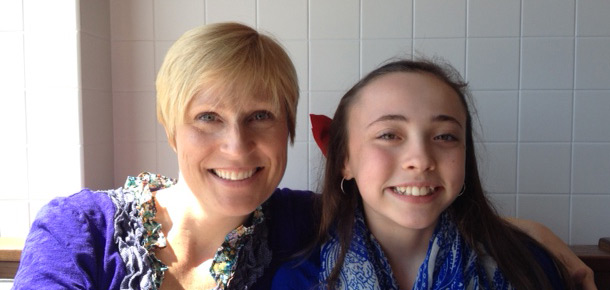
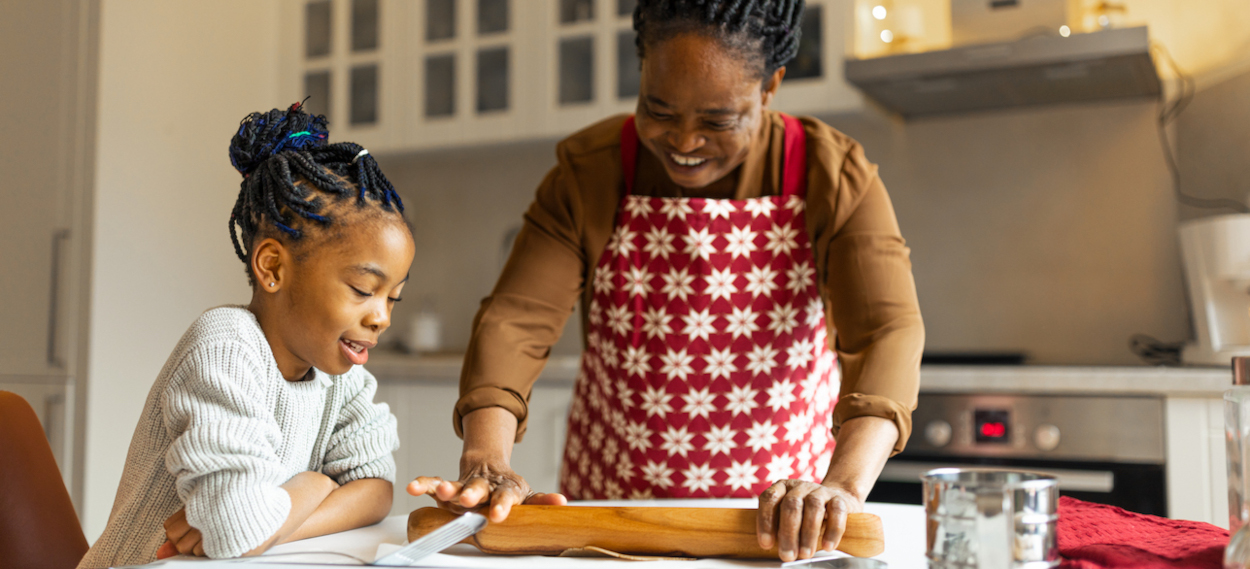
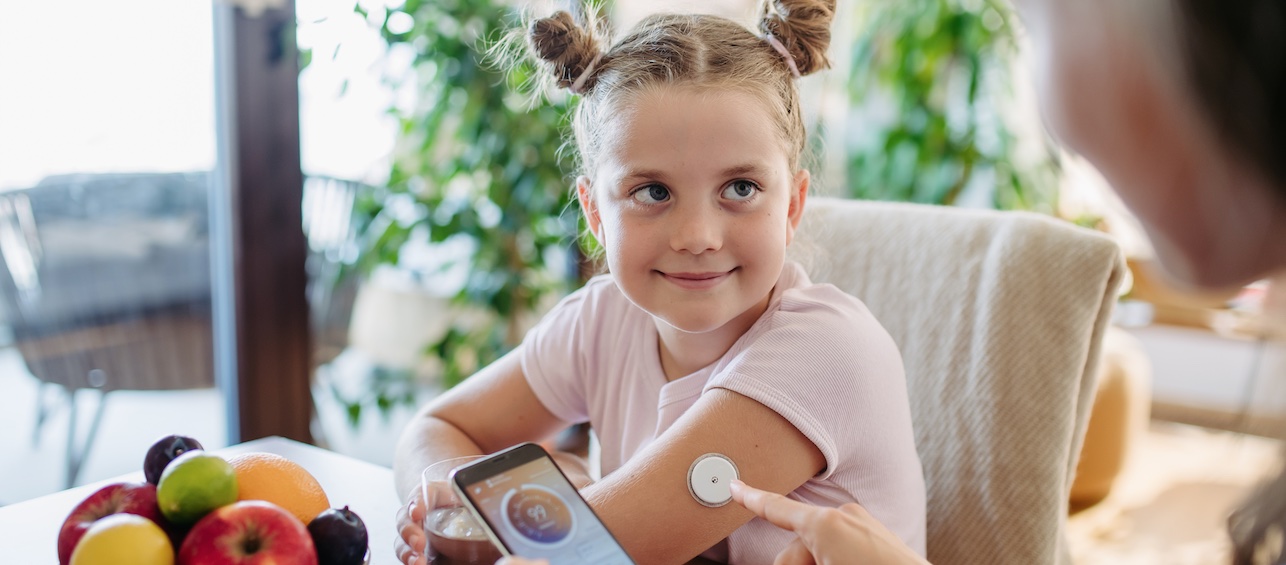
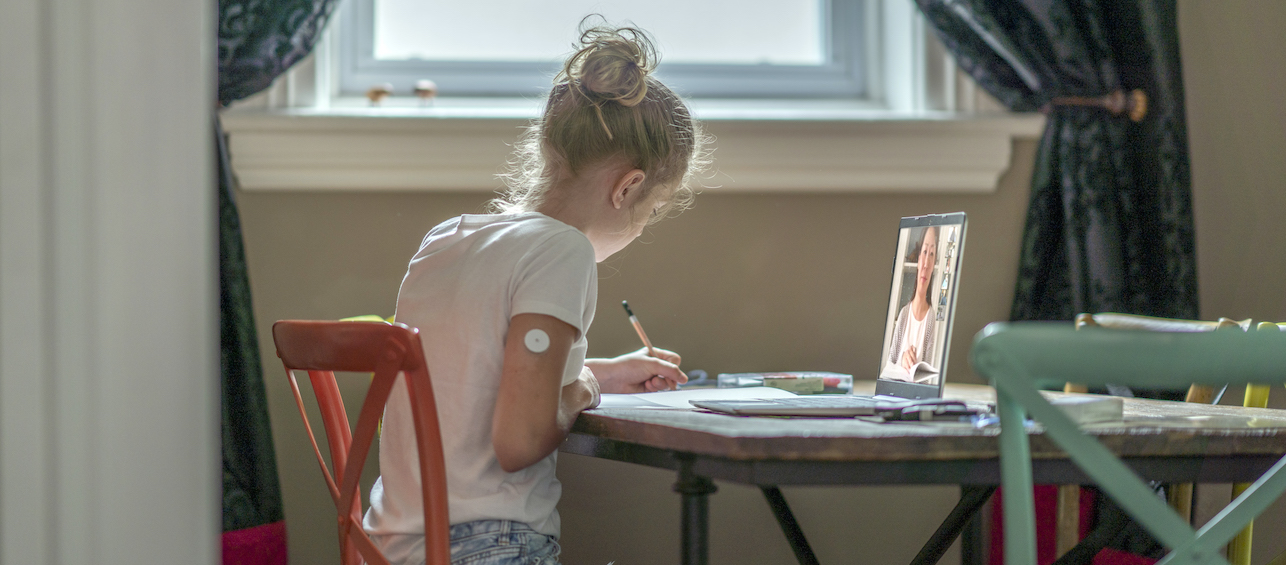
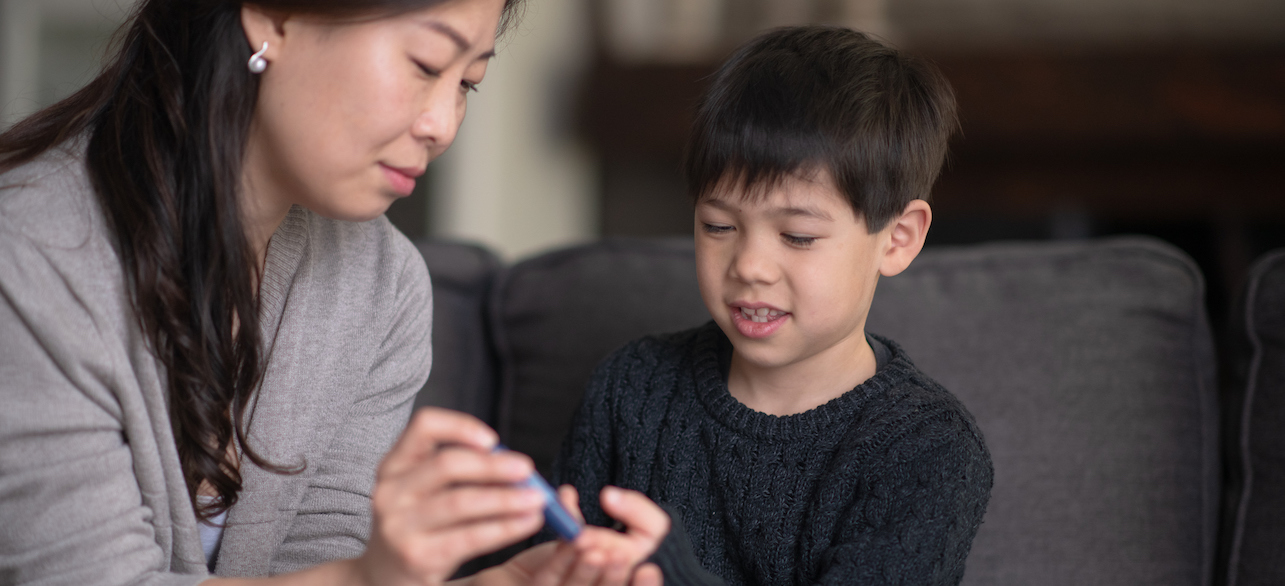
Becca,
Thanks to you and Bella for telling your story. It will inspire lots of others who have to go down the same path!
Pat